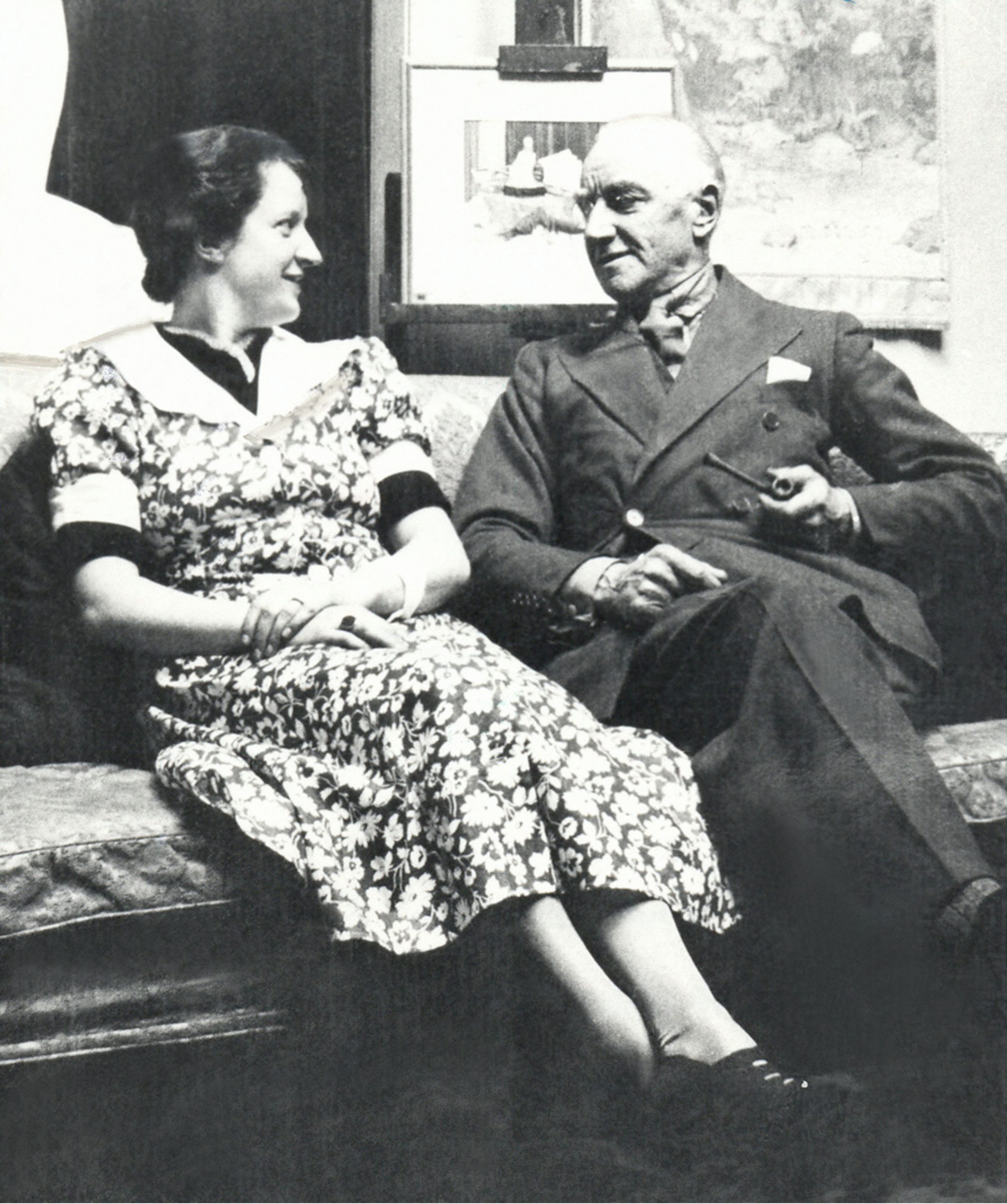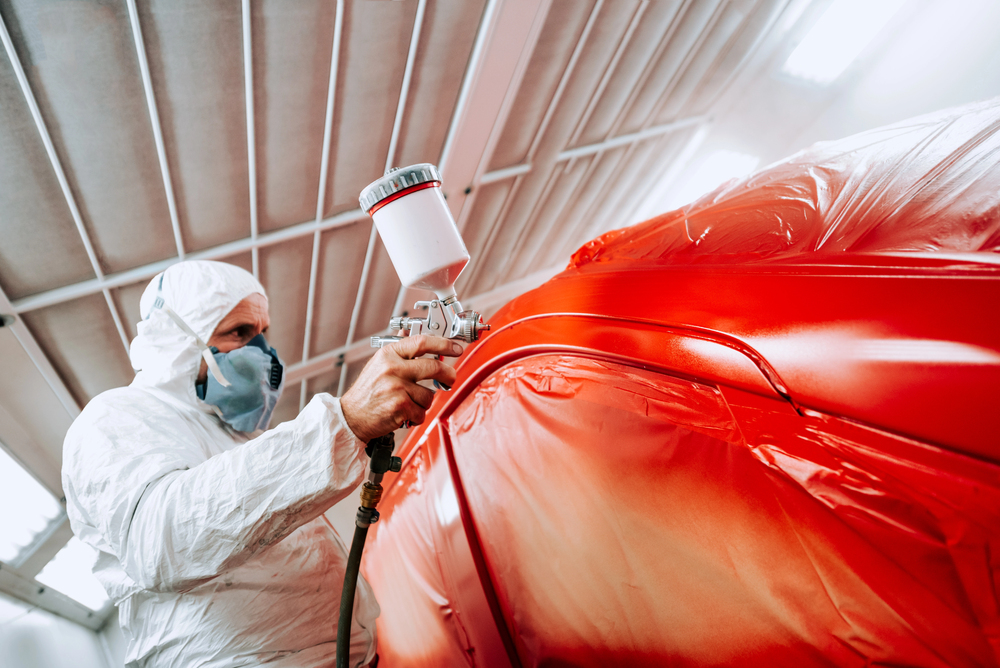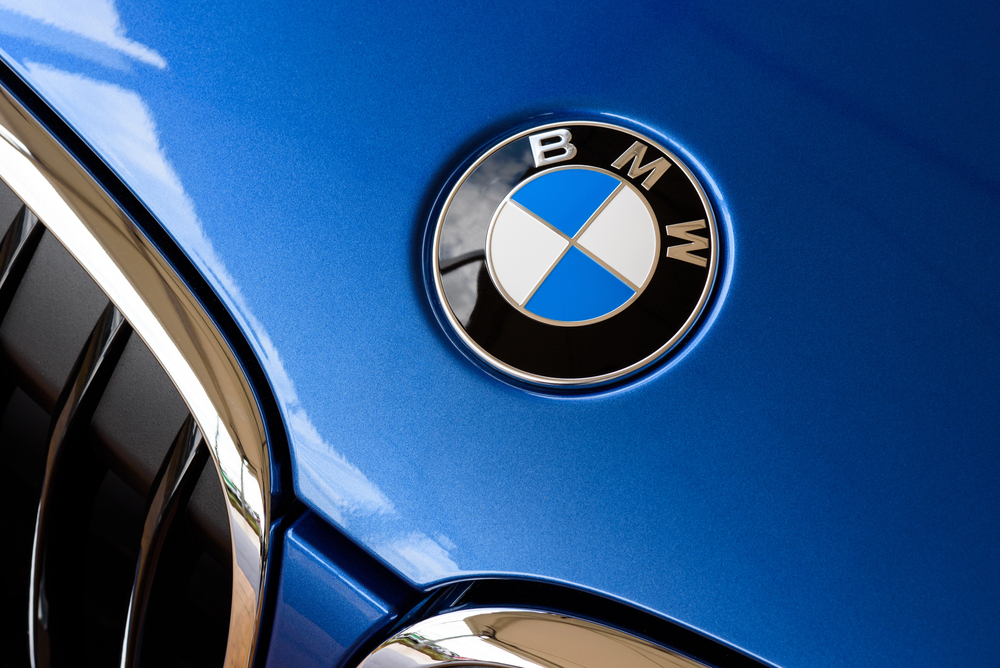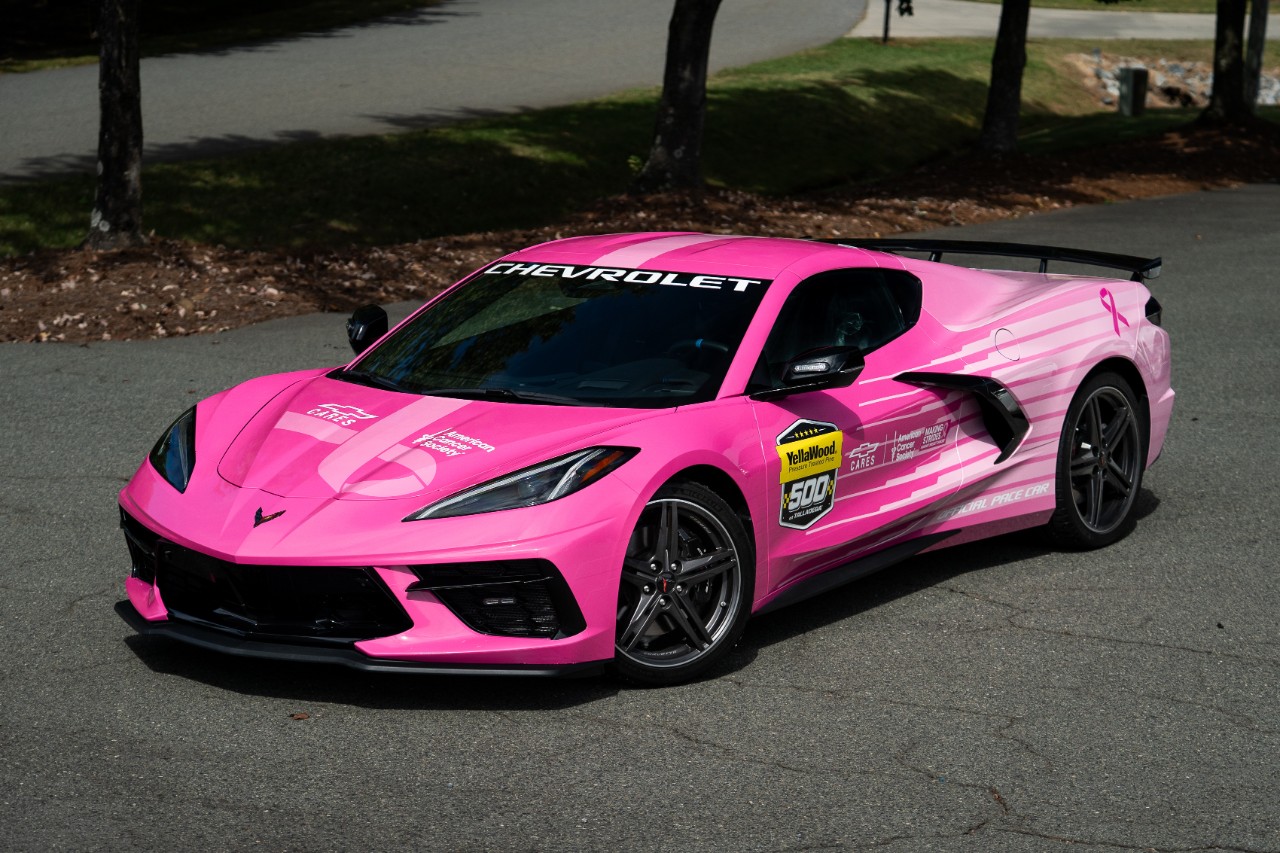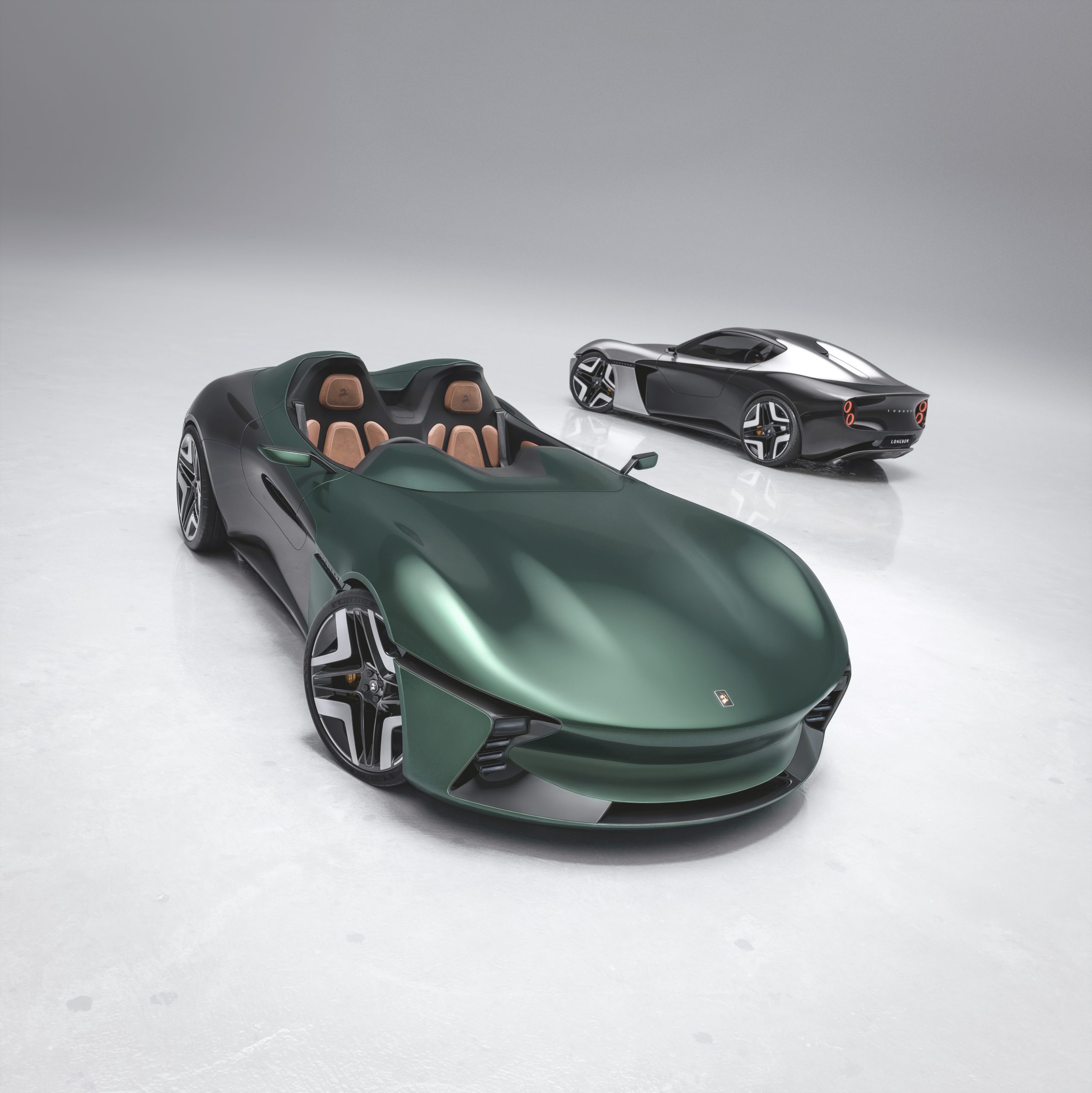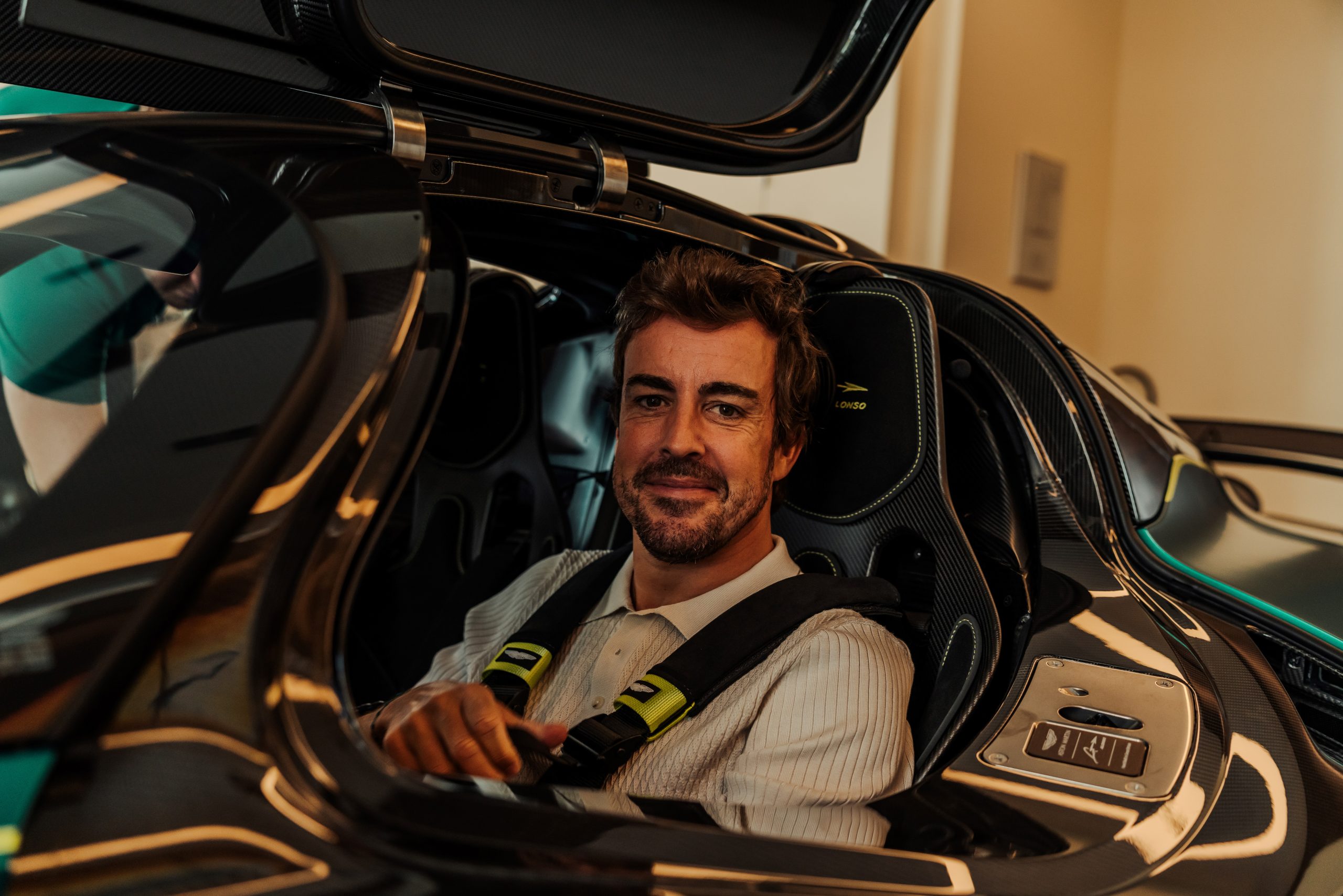Is The Lamborghini Veneno Street Legal?
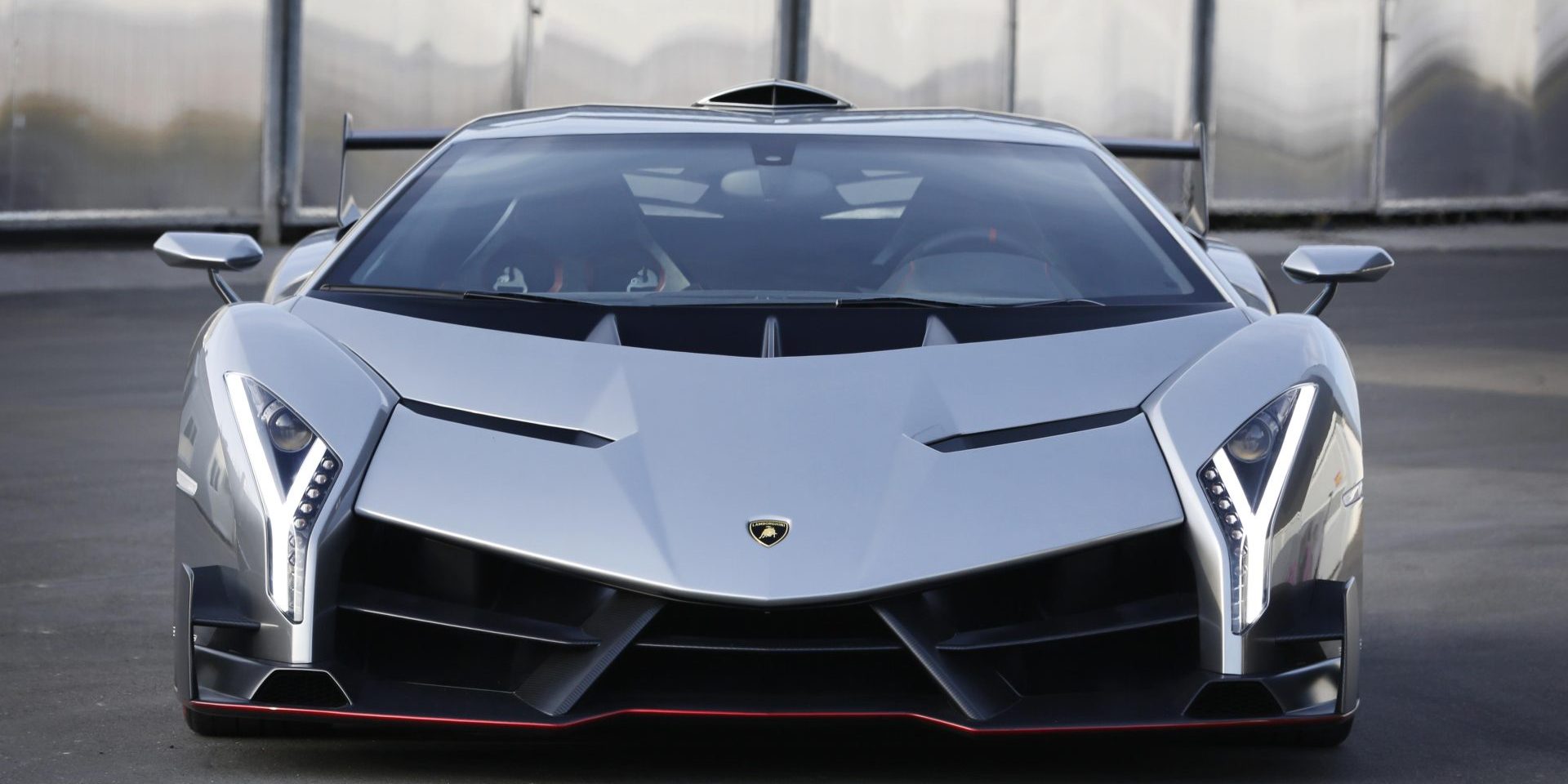

Yes, the Lamborghini Veneno is street legal. Every unit produced by Automobili Lamborghini, whether the coupé or the roadster, was fully homologated for use on public roads. While it may resemble a racing prototype in appearance, aerodynamics, and raw performance, the Veneno meets all the safety, emissions, and regulatory standards required for registration in the countries where it was delivered. This extreme machine, as radical as it looks, was never intended to be confined to racetracks. Lamborghini designed it from the ground up to be driven, seen, and heard on public streets.
What Does Street Legal Really Mean?
For any car to be legally driven on public roads, it must meet a set of strict criteria defined by the transportation authorities in various regions. These include requirements for safety features, crash protection, lighting, emissions compliance, roadworthiness, and licensing. Homologation is the process a vehicle undergoes to verify that it satisfies all those regulations.
Despite the Veneno’s aggressive design, its homologation process was completed before deliveries. That means every Veneno owner received a car with a valid VIN, compliance certification, and the necessary documentation for legal road use. Lamborghini didn’t cut corners or issue a race-spec-only model for the track. The Veneno was conceived as a celebration of the brand’s 50th anniversary and was intended to demonstrate how far Lamborghini could push its design and engineering while still building a road-legal production car.
Bringing Racing DNA to the Streets
The Lamborghini Veneno blends the performance and dynamics of a racing prototype with the essential attributes of a road car. Under the rear engine cover lies a naturally aspirated 6.5-liter V12 engine derived from the Aventador’s powerplant. It produces 552 kW, equivalent to 750 horsepower, and delivers 690 Nm of torque. The power is transmitted through Lamborghini’s 7-speed Independent Shifting Rod (ISR) transmission, which is tuned for lightning-fast gear changes.
The result is ferocious acceleration. The coupé version reaches 100 km/h in just 2.8 seconds, while the open-top Veneno Roadster achieves the same in 2.9 seconds. Both variants are capable of a top speed of 355 km/h (221 mph). These figures put the Veneno well within the ranks of the fastest production cars in the world at the time of its release.
Street-legal status does not always mean performance is sacrificed. In the Veneno’s case, it proves that advanced speed and acceleration can coexist with regulatory compliance.
Engineering Beyond the Ordinary
The Veneno’s performance is only part of the story. Its engineering includes a full carbon-fiber reinforced polymer (CFRP) monocoque, a structure known for its strength-to-weight ratio. Similar in layout to the Aventador, the Veneno’s monocoque was extensively redesigned to support new aerodynamic forms and aggressive chassis geometry.
Every exterior panel is made from carbon fiber. The front splitter, rear diffuser, massive rear wing, and side intakes aren’t just for show—they’re aerodynamically functional. These elements improve downforce, stability, and cooling, especially during high-speed driving. Despite the street-legal badge, Lamborghini made no compromises in materials or design execution.
In addition to the CFRP monocoque, the Veneno employs pushrod suspension with horizontal spring and damper units. This layout, adapted from Formula One-style setups, keeps the car flat and composed in corners. The all-wheel-drive system ensures traction even during aggressive launches or on uneven surfaces.
Interior Meets Road Compliance
Inside, the Veneno retains its radical personality while meeting the necessary comfort and safety standards for road use. The cockpit features lightweight racing seats made from Forged Composite, another proprietary Lamborghini carbon fiber material. The upholstery is crafted from CarbonSkin, an in-house developed textile that combines the strength of carbon with the flexibility needed for interior applications.
All necessary road-legal equipment is present. The car features mirrors with proper field of view, street-approved LED lighting, windshield wipers, functional HVAC controls, and a digital instrument cluster. Lamborghini ensured that the car includes everything needed for registration and use on public roads, without diluting the raw driving experience.
The Roadster is Legal Too
One of the most common misconceptions is that the Veneno Roadster, with its roofless design, cannot be road legal. In reality, the Roadster was engineered from the beginning to comply with open-top vehicle regulations. It features an integrated rollover bar system for structural integrity and occupant protection.
While it has no roof or soft top of any kind, the Roadster was sold with the same compliance certifications as the coupé. Lamborghini produced nine roadsters, all delivered to customers with registration documents, and each one eligible for license plating and legal street use.
Global Distribution and Regional Compliance
Although only 14 Venenos were produced, 3 coupés, 9 roadsters, and 2 factory-held prototypes, Lamborghini ensured each was homologated for road use in its respective market. Buyers were located across the United States, the Middle East, and Europe, and compliance varied slightly depending on the destination country. In each case, Lamborghini worked with local regulators to guarantee full approval.
The few units retained by the factory, such as the prototype model and the museum car, are not road-registered simply because they are held for heritage or display purposes. However, they are built to the same specifications as the customer models.
Legal by Design, Not Compromise
Most hypercars of this caliber achieve their performance through significant trade-offs, such as track-only suspension, stripped interiors, or emissions exemptions. The Veneno avoided this entirely. Lamborghini built it from the ground up with the intention of keeping it legal while pushing every boundary of speed, styling, and exclusivity.
The Veneno comes with street-legal tires, emissions-compliant exhaust systems, and all the required safety features such as traction control, electronic stability systems, and full lighting. It’s not a detuned race car. It’s a fully engineered, real-world vehicle with racing character and public road accessibility.
Pricing and Road Presence
Each Veneno Coupé was sold for 3 million Euros before tax, and each Roadster for 3.3 million Euros. At that price point, it was one of the most expensive production vehicles ever sold directly from a manufacturer. Lamborghini vetted potential buyers to ensure the cars would go to high-profile collectors or long-time brand patrons.
Despite their value, some Venenos have been spotted on roads and at high-end automotive events. Kris Singh, a known Lamborghini enthusiast, has showcased his Veneno Coupé in Florida. Antoine Dominic, owner of Lamborghini Long Island, was another original buyer.
These are not static art pieces. They were driven. They continue to appear, occasionally, with license plates, in motion, where they belong.
Why the Confusion Exists
Many assume the Veneno must be a concept or track-only vehicle because of its extreme design. The exposed carbon fiber, oversized aerodynamic elements, and sharp edges give it a futuristic look that doesn’t resemble anything commonly seen on the streets.
Additionally, the rarity and price lead to low visibility in public. With only a dozen customer cars and most being held in private collections or storage, it’s easy to assume the Veneno is not street legal simply because it’s never seen in traffic. But lack of presence doesn’t equal lack of compliance.
The misconception is further fueled by the trend of manufacturers producing one-off or track-only models that are not road legal, such as the Pagani Zonda R or Ferrari FXX. The Veneno, in contrast, was designed and certified for real-world use.
Conclusion
The Lamborghini Veneno is not just an engineering showpiece. It’s a street-legal vehicle capable of reaching speeds usually reserved for closed circuits, wrapped in an exterior that looks more like a Le Mans prototype than a road-going grand tourer. With full homologation, safety certification, and global registration across all 14 vehicles, the Veneno is as legitimate on city streets as any mass-produced sports car.
It’s a rolling example of what happens when a manufacturer refuses to compromise, delivering racing performance and concept-level styling within the constraints of road regulations. The Veneno remains one of the few cars in history to blur the line between race car and street car without ever crossing into the illegal. And that makes its presence on public roads even more remarkable.
If you enjoyed this article, be sure to follow us on Microsoft Start.
You may also like…
The 10 Most Iconic Lamborghinis Of All Time
Lamborghini Veneno FAQs
Is the Lamborghini Veneno road legal?
Yes, the Lamborghini Veneno is fully road legal. Despite its aggressive styling and racing-inspired design, Lamborghini homologated every Veneno for public use. This means the car complies with all safety, lighting, and emissions standards required in the markets where it was sold. Each Veneno came with a Vehicle Identification Number (VIN), license plate compatibility, and road-legal certification. Lamborghini achieved this without compromising performance, making the Veneno one of the few hypercars in history to look like a prototype yet be fully drivable on city streets.
Why do people think the Lamborghini Veneno isn’t street legal?
Many assume the Veneno is not street legal because of its extreme, concept-like design. Its carbon-fiber monocoque, oversized aerodynamic components, and low-slung chassis resemble a Le Mans race car more than a typical road vehicle. Add to this the fact that only 14 cars were made, and many are kept in private collections, and it’s no surprise the public rarely sees one on the road. However, Lamborghini intentionally built the Veneno to be street legal, and every unit delivered was road-homologated from the factory.
What features make the Lamborghini Veneno legal for the road?
The Lamborghini Veneno meets road legality through a combination of engineering and regulatory compliance. It includes all required safety systems such as stability control, traction control, anti-lock braking, and crash protection. The car features road-approved LED headlights and taillights, mirrors with proper visibility, emissions-compliant exhaust, and windshield wipers. Despite weighing just over 1,490 kg thanks to its carbon-fiber construction, it also includes airbags and a fully functional HVAC system, all part of its homologation package.
Is the Lamborghini Veneno Roadster also street legal?
Yes, the Veneno Roadster is also fully street legal. Even though it has no roof, Lamborghini engineered it to meet open-top vehicle regulations, including rollover protection. The Roadster shares the same carbon-fiber chassis, 6.5-liter V12 engine, and aerodynamic design as the coupé version. Lamborghini produced nine Roadsters, each certified for road use and delivered with full documentation and VINs. They are occasionally seen at automotive showcases or in private driving events, reinforcing their compliance with road use standards.
How fast is the street-legal Lamborghini Veneno?
The Lamborghini Veneno is among the fastest street-legal vehicles ever produced by the brand. It accelerates from 0 to 100 km/h in 2.8 seconds (coupé) or 2.9 seconds (roadster), and both variants reach a top speed of 355 km/h (221 mph). These figures are possible due to its 6.5-liter V12 engine producing 750 horsepower, combined with a 7-speed ISR gearbox and all-wheel-drive system. Despite being street legal, its engineering mirrors that of racing prototypes, providing performance without regulatory compromise.
What does it mean that the Lamborghini Veneno is “homologated for the road”?
When a vehicle is homologated for the road, it means it has passed all legal requirements for public use in terms of safety, emissions, lighting, and drivability. For the Veneno, this process involved compliance with strict regulatory standards in multiple global markets. Lamborghini ensured that each unit had the proper equipment, structural integrity, and documentation to qualify as a road-legal car. This includes certification for noise levels, exhaust emissions, crash safety, and operational reliability. Without this process, the car could not be legally registered or insured for street use.
Do Lamborghini Veneno owners actually drive them on public roads?
Yes, but rarely. Because of their extreme value and rarity, most Veneno owners treat the cars as collectible investments. However, several Venenos have been spotted on public roads at major automotive events or luxury showcases. Kris Singh, a well-known Lamborghini collector based in Florida, has driven his Veneno Coupé at public events. Others, like Antoine Dominic in New York, have registered their cars and made occasional appearances. While it’s legal to drive them, most owners preserve mileage and limit exposure to protect the car’s long-term value.


